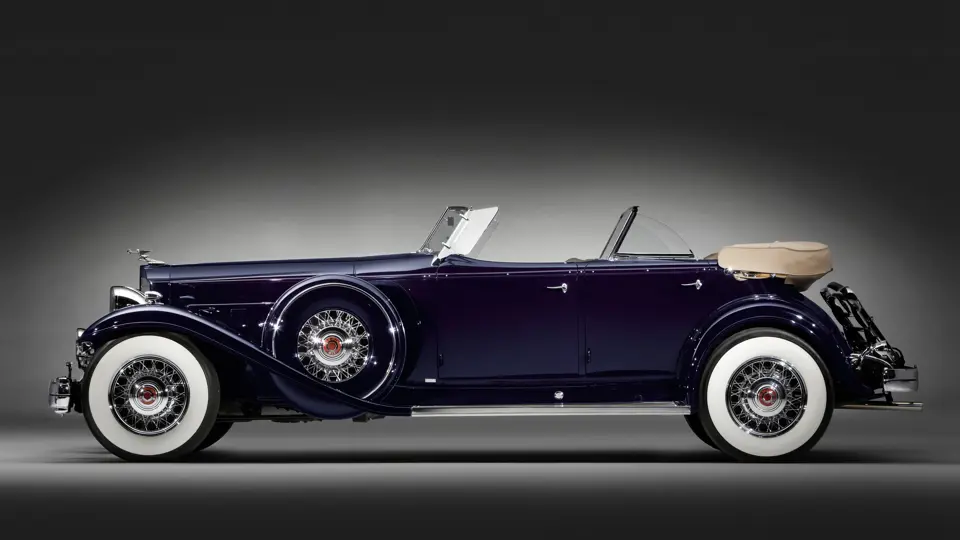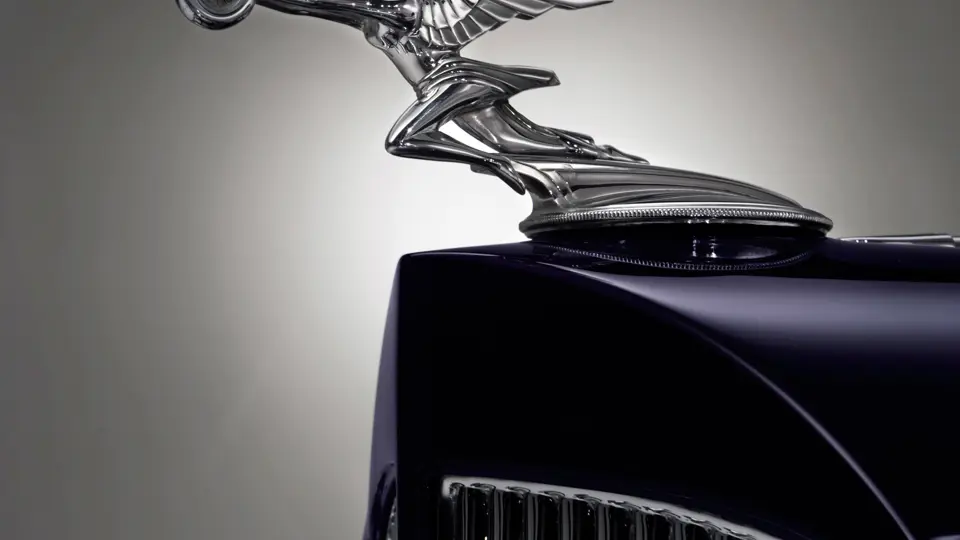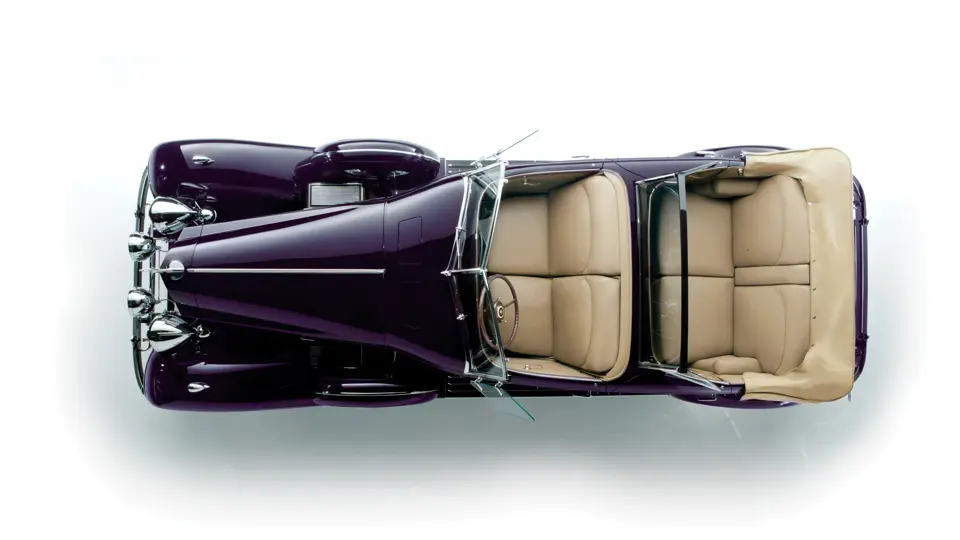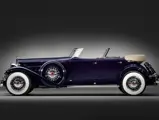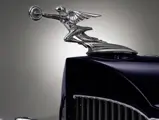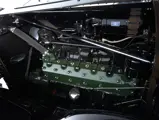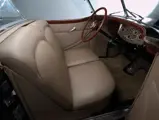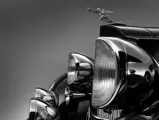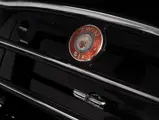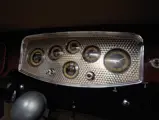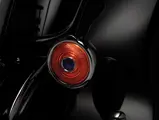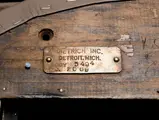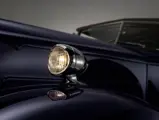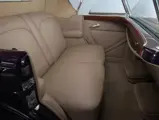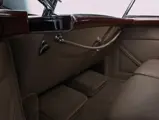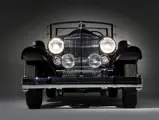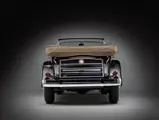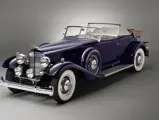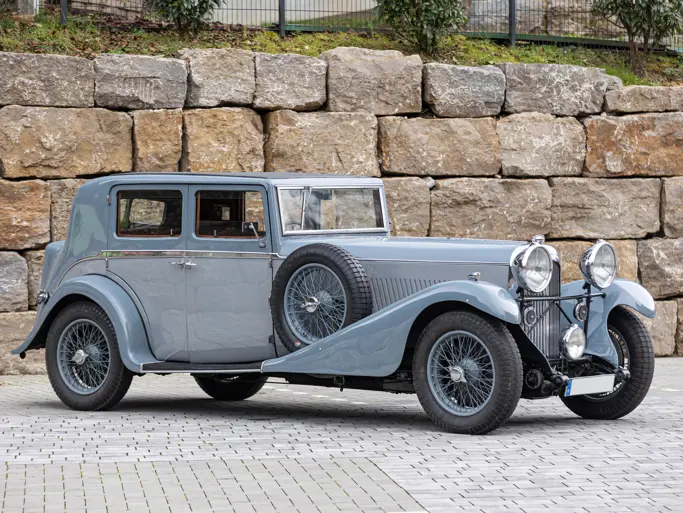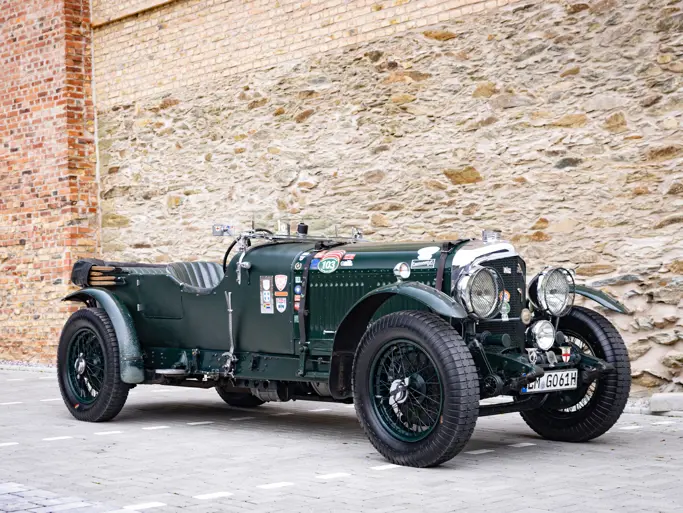265 bhp, 420 cu. in. DOHC inline eight-cylinder engine with Stromberg downdraft carburetor, three-speed manual transmission, beam-type front and live rear axles with semi-elliptic leaf springs, and vacuum-assisted four-wheel hydraulic drum brakes. Wheelbase: 142.5 in.
• One of only two in existence
• Single ownership since 1979
• From the collection of Ray Bowersox
In retrospect, it is difficult to imagine the excitement with which the Model J was received in 1929. Here was a chassis with an engine that—at 265 horsepower—beat its nearest competitor by more than 100 horsepower. Coming from a company whose racing successes were legendary, it was the perfect marketing move. Priced at $8,500 for the chassis alone, the Model J was by far the most expensive car in America. The timing of the introduction could not have been better; with the economic successes of the 1920s, America's wealthy were ready to indulge themselves with the most powerful, bespoke automobile available.
The Walter M. Murphy Company, of Pasadena, California, is generally recognized as the most successful coachbuilder on the Duesenberg Model J chassis. Initially a distributor for Locomobile and Simplex, and later becoming the sole Lincoln distributor for the entire state of California, Murphy build bodies that suited the California tastes of the time. They were simple and elegant, with trim lines and an undeniably sporting character. Murphy bodies seemed all the more revolutionary when compared to their contemporaries from the east coast who built heavier, bodies that were more formal and ornate.
In fact, bold departures from conventional design were a hallmark of Murphy Chief Design Stylist Frank Q. Hershey, who has to his credit more than 50 automotive designs, including the door-into-the-roof concept, which he pioneered for the Model J Duesenberg and which is still widely used in the design of modern automobiles. Using center-mounted piano-style hinges, the doors on this Murphy Sport Sedan open opposite each other and come together almost handle to handle. Another highly attractive feature of Hershey’s design is the raked, vee’d windshield, which has the thin Clear Vision windshield pillars augmented on top by a vee’d, concave eyebrow and gives the front end a pronounced, aggressive appearance that sharply contrasts with the more formal blind quarters.
Chassis 2163 has notably remained a single assemblage throughout its entire life, retaining its original engine number J-139 and Murphy body number 809. This example was purchased new by J. Warren Reid, of Kansas City, Missouri, and is believed to have spent the war years with Lawrence H. or Rayburn Waters, of Scranton, Pennsylvania. Interestingly, it is reported that when the car was new it was stolen by gangsters, according to Duesenberg test driver Karl Killoren.
It passed through a short succession of owners in Pennsylvania in the 1950s and early-1960s, until being acquired by Gene Zimmerman, of Harrisburg, in May of 1965. Chassis 2163 was displayed in Zimmerman’s well-known Automobilorama and was painted cream with a black top. It was acquired by the Mr. Bowersox in 1979, and a thorough restoration ensued from 1982–1983. Zimmerman did use the car in at least one CCCA Caravan: the 16th Colonial Heritage Caravan in 1968, which is documented in the Winter 1968 issue of The Classic Car.
The engine was fully rebuilt. In addition, a new clutch was installed, as was a 3.56:1 high-speed rear end. Mr. Bowersox proudly states that this Duesenberg will do 60 mph at only 2,100 rpm! The exterior was finished in Smoke Grey Metallic contrasted by black fenders with red pinstriping and a black leather top. Other exterior adornments include the standard Twilite headlamps with accessory Pilot Ray lights, chrome wire wheels shod in whitewall tires, dual side-mounted spares with pedestal mirrors, and a rear-mounted trunk with Duesenberg script. The exterior also proudly displays an AACA National Senior Award badge from Hershey in 1984 and CCCA badge number 1169 from the Ohio Grand Classic in 1985. Another interesting badge is from the Challenge of the Canadian Rockies CARavan run by the CCCA in 1991. It is further equipped with auxiliary turn signals for safe touring.
The interior is a light blue cloth with grey-blue carpeting and is remarkably unworn and accented by elegant, delicate wood garnish moldings. Set in the beautiful engine-turned dash is an altimeter, which, although seemingly superfluous, was quite necessary when long distance tours involved traveling through different elevations, like the Rocky Mountains, which would necessitate tuning adjustments. The engine bay has all of the correct polished aluminum and green painted finishes, and various fine original features are found, such as the Murphy door sill plates.
Duesenbergs have always been highly respected, sought after, and included in the ranks of the finest collections in the world. Examples such as this one, with the original engine, body, and chassis, are among the most desirable, and with only two sporting examples in existence, it is surely one of the most desirable closed examples. References to this car can also be found in The Antique Automobile and the Duesenberg reference books, including Duesenberg: The Pursuit of Perfection by Fred Roe, Auburn Cord Duesenberg by Don Butler, Duesenberg by Dennis Adler, The Olympian Cars by Richard Carson, and Illustrated Duesenberg Buyers Guide by Josh Malks. While many of these cars have been treated as static jewelry, this example has been extensively maintained throughout its ownership. It has been shown at the Auburn-Cord-Duesenberg reunions in 1984 and 1998, but it has remained largely out of the public eye since, presenting a wonderful opportunity for camaraderie on tours and a reintroduction to contemporary concours attendees and judges.




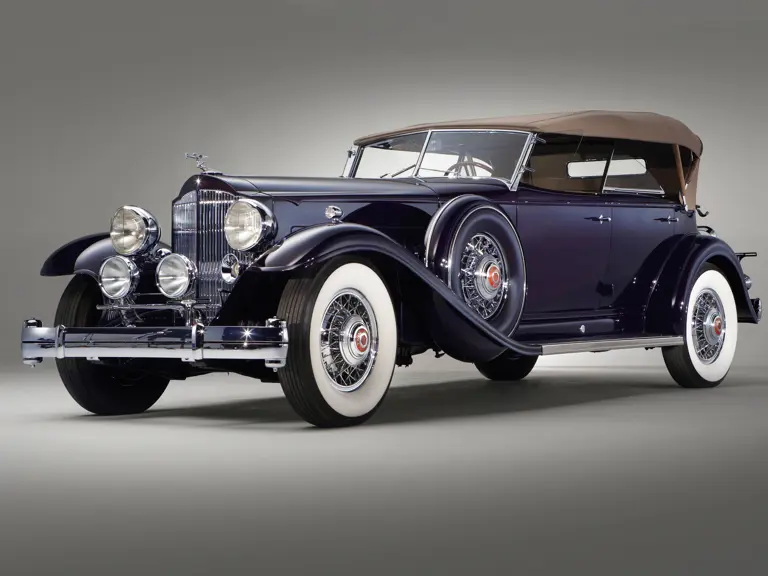
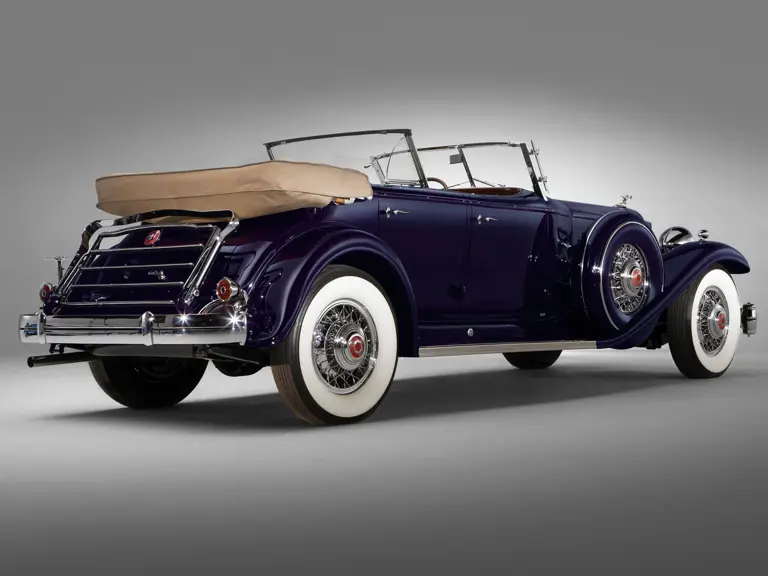
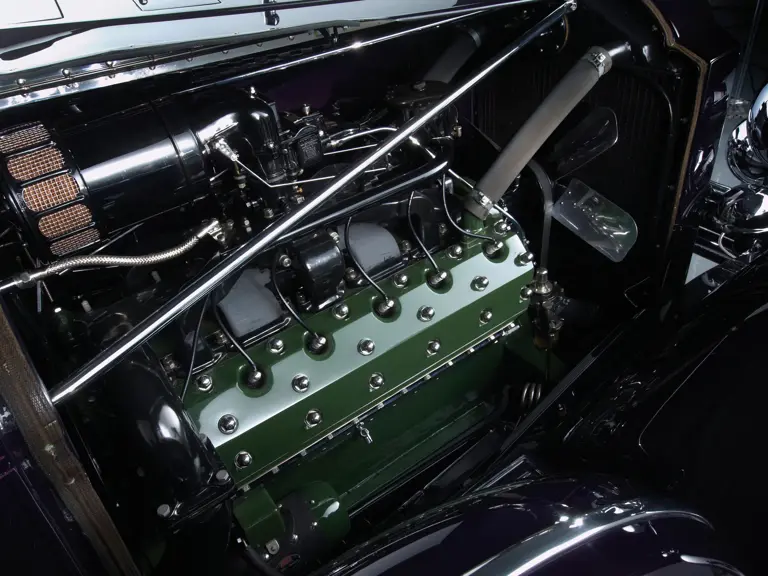
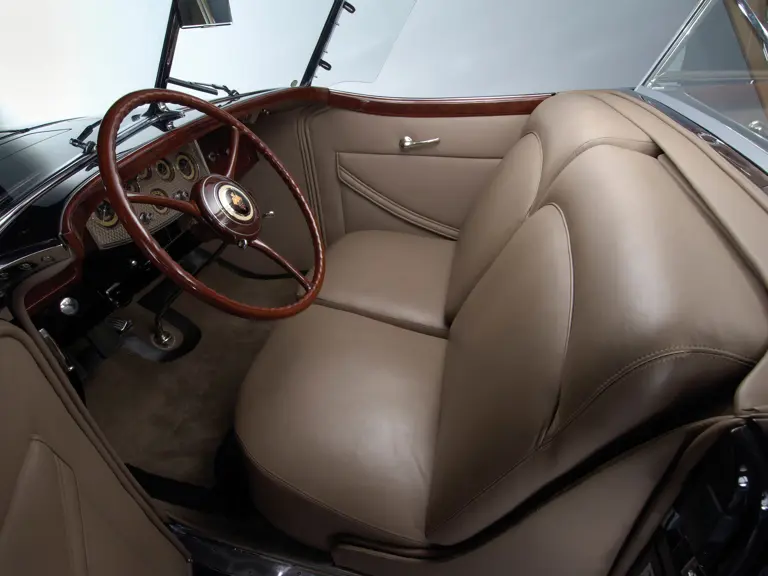

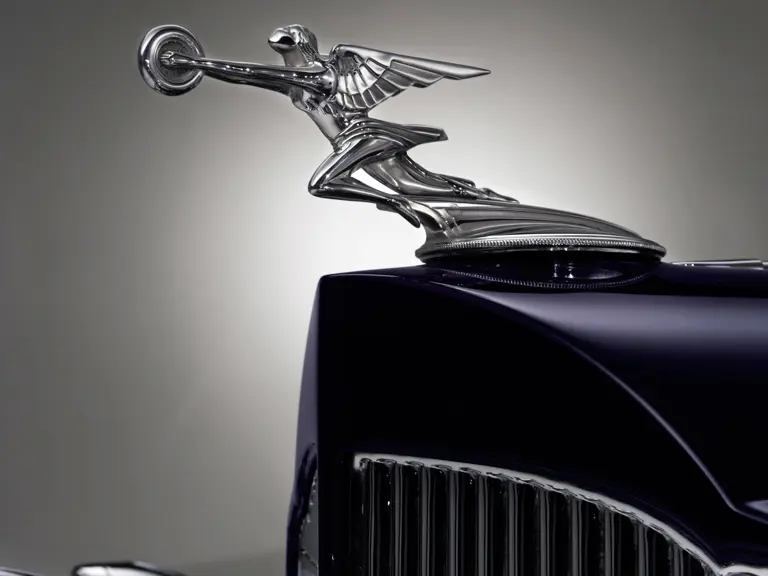
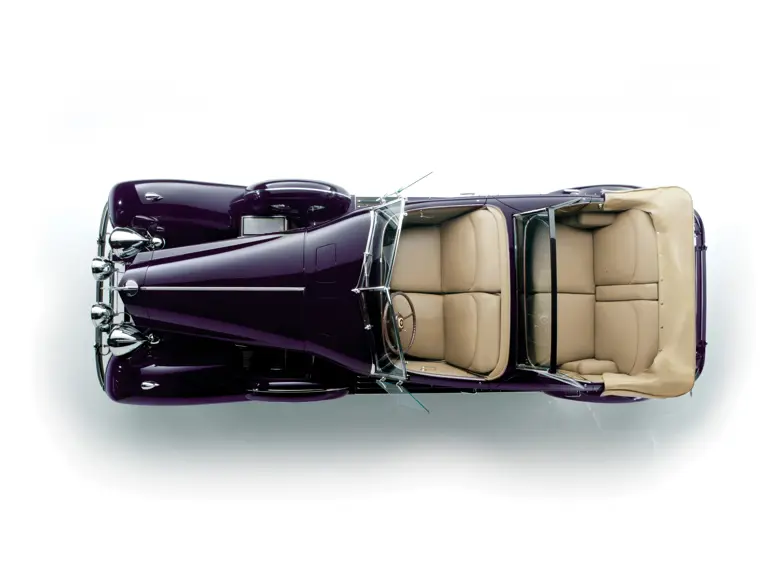

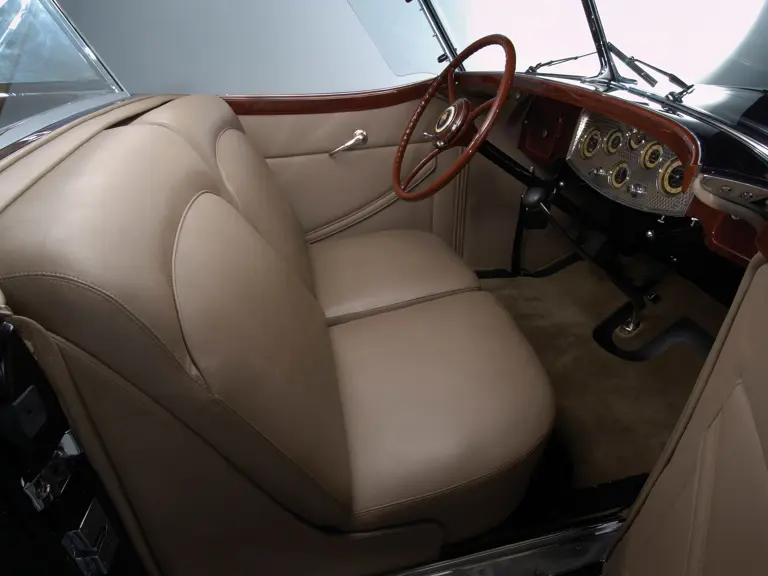
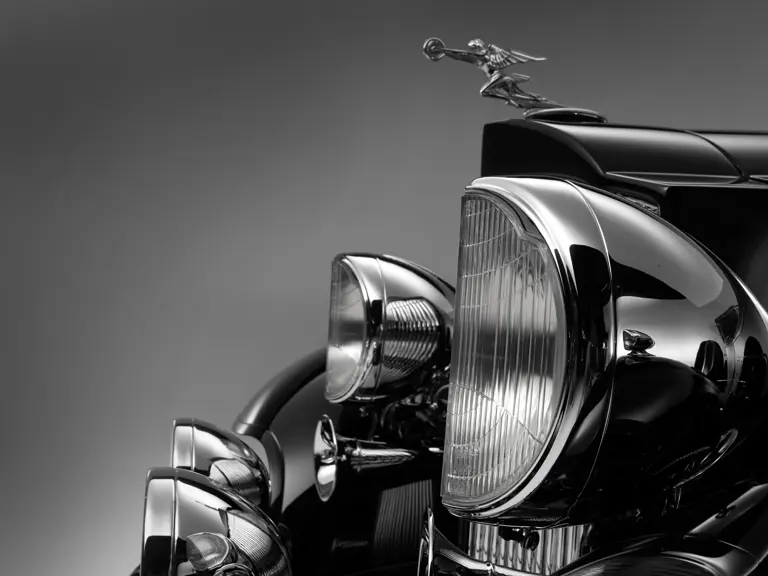
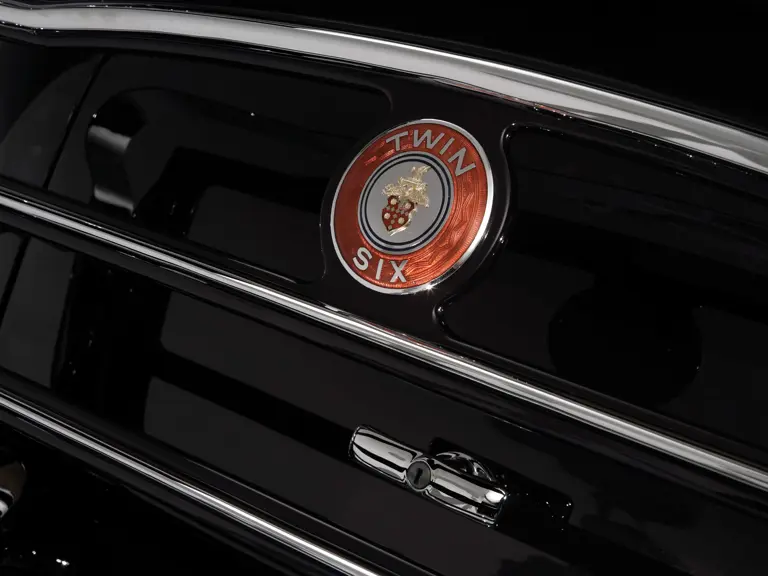

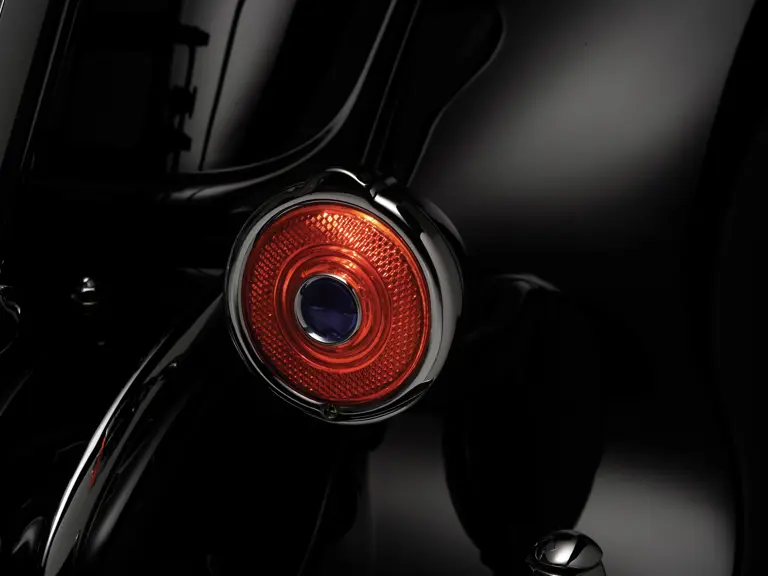
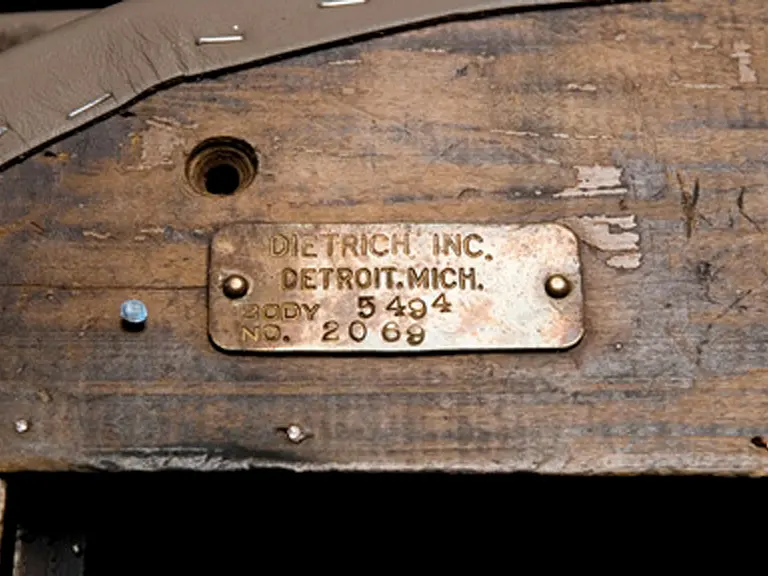
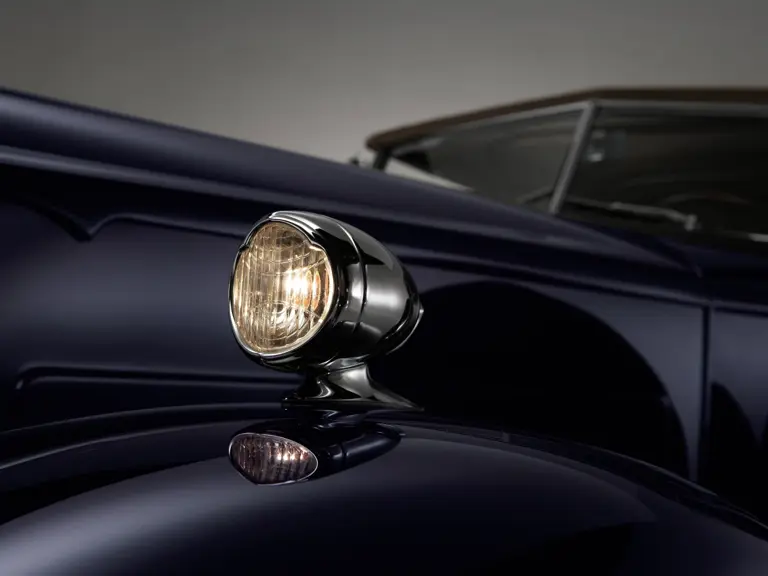
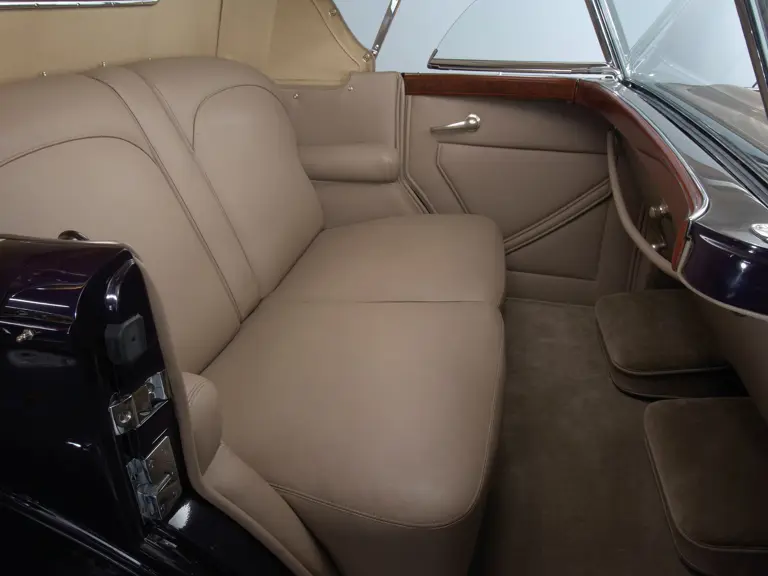
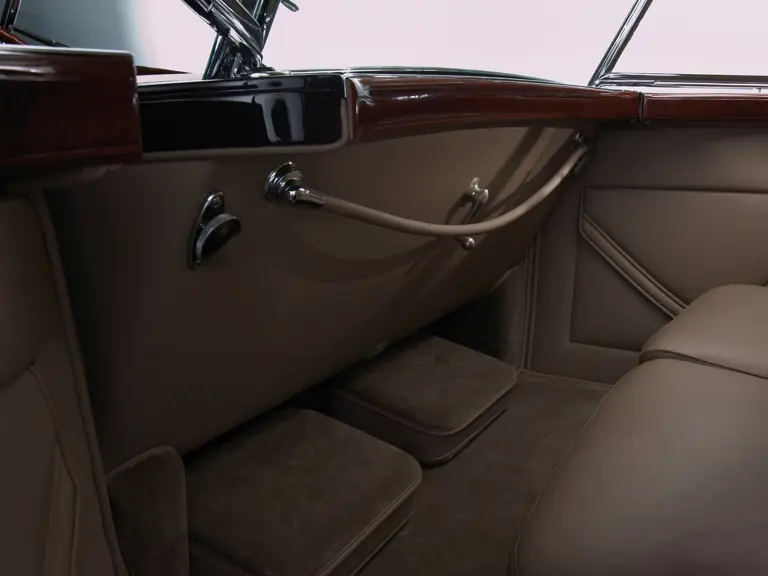
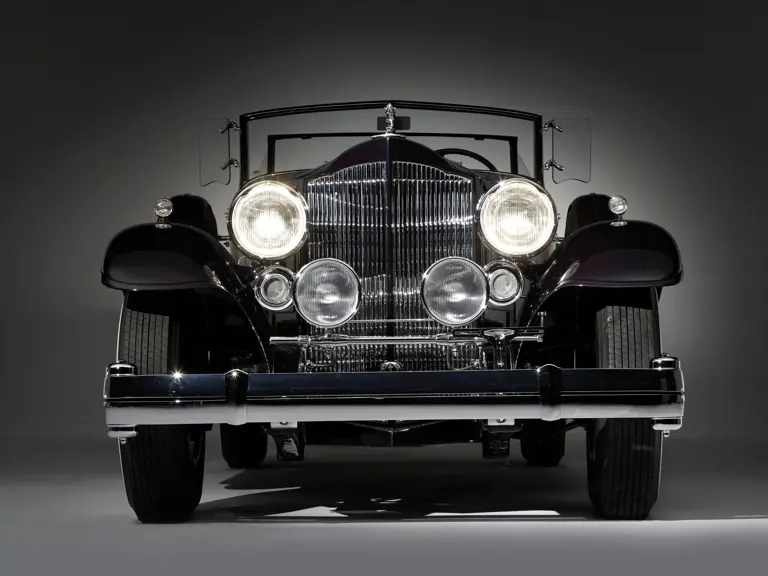
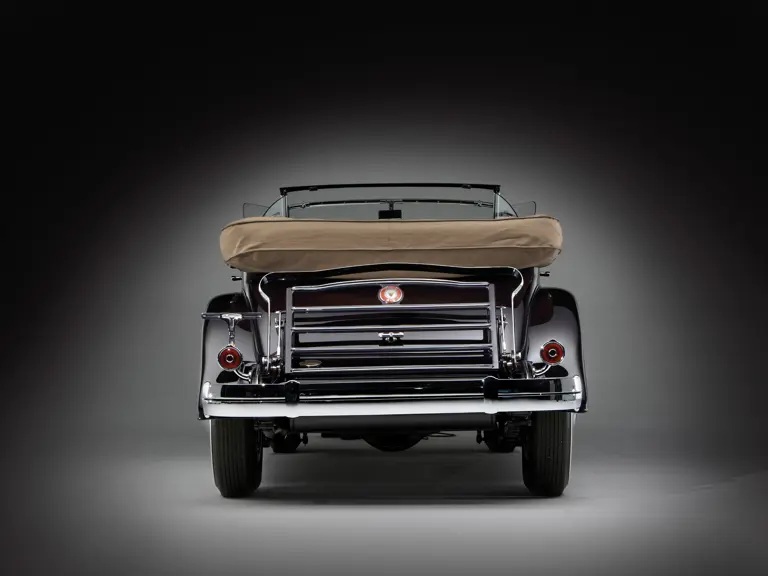

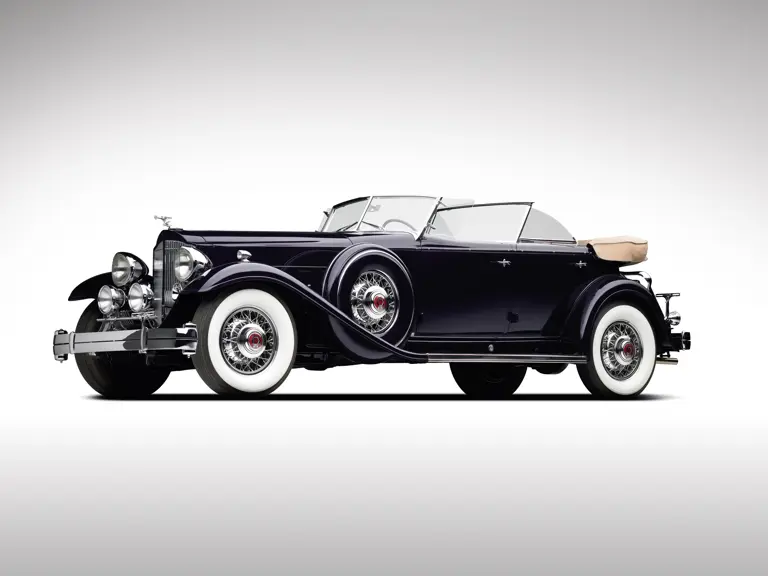

 | Hershey, Pennsylvania
| Hershey, Pennsylvania
